Rising Geriatric Population
The increasing geriatric population is a significant factor influencing the Nuclear Imaging Devices Market. As individuals age, the likelihood of developing chronic diseases escalates, leading to a higher demand for diagnostic imaging services. The elderly population often requires more frequent medical evaluations, including imaging studies, to monitor health conditions. This demographic shift is prompting healthcare providers to invest in advanced nuclear imaging technologies to cater to the needs of older patients. Projections indicate that the global population aged 65 and older will double by 2050, which could substantially increase the demand for nuclear imaging devices. Consequently, the market is poised for growth as healthcare systems adapt to this demographic trend.
Growing Awareness of Early Diagnosis
There is a notable increase in awareness regarding the importance of early diagnosis in the management of diseases, which is driving the Nuclear Imaging Devices Market. Patients and healthcare professionals alike recognize that early detection can significantly improve treatment outcomes and survival rates. This awareness is leading to a higher utilization of nuclear imaging techniques, which are known for their ability to detect diseases at earlier stages. As educational initiatives and public health campaigns promote the benefits of early diagnosis, the demand for nuclear imaging devices is likely to surge. This trend suggests a robust growth trajectory for the market, as more healthcare facilities incorporate nuclear imaging into their diagnostic protocols.
Expansion of Healthcare Infrastructure
The expansion of healthcare infrastructure, particularly in emerging economies, is a crucial driver for the Nuclear Imaging Devices Market. As countries invest in healthcare facilities and services, the demand for advanced diagnostic tools, including nuclear imaging devices, is expected to rise. Improved access to healthcare services and increased funding for medical technologies are facilitating the adoption of nuclear imaging in various clinical settings. This expansion is not only enhancing diagnostic capabilities but also improving patient care. The Nuclear Imaging Devices Market stands to benefit from this trend, as more healthcare providers seek to integrate advanced imaging technologies into their practices, thereby driving market growth.
Increasing Prevalence of Chronic Diseases
The rising incidence of chronic diseases such as cancer, cardiovascular disorders, and neurological conditions is a primary driver for the Nuclear Imaging Devices Market. As these diseases become more prevalent, the demand for advanced diagnostic tools increases. Nuclear imaging techniques, including PET and SPECT, are essential for accurate diagnosis and treatment monitoring. According to recent data, the number of cancer cases is projected to rise significantly, necessitating enhanced imaging solutions. This trend indicates a growing market for nuclear imaging devices, as healthcare providers seek effective methods to diagnose and manage chronic illnesses. The Nuclear Imaging Devices Market is thus positioned to expand, driven by the urgent need for reliable diagnostic technologies.
Technological Innovations in Imaging Techniques
Technological advancements in nuclear imaging techniques are transforming the Nuclear Imaging Devices Market. Innovations such as hybrid imaging systems, which combine PET and CT, enhance diagnostic accuracy and patient outcomes. These advancements allow for better visualization of physiological processes, leading to more precise diagnoses. The introduction of new radiopharmaceuticals and improved detector technologies further boosts the efficacy of nuclear imaging. As healthcare facilities adopt these cutting-edge technologies, the demand for nuclear imaging devices is expected to rise. The market is likely to witness substantial growth as these innovations become more integrated into routine clinical practice, reflecting a shift towards more sophisticated imaging solutions.
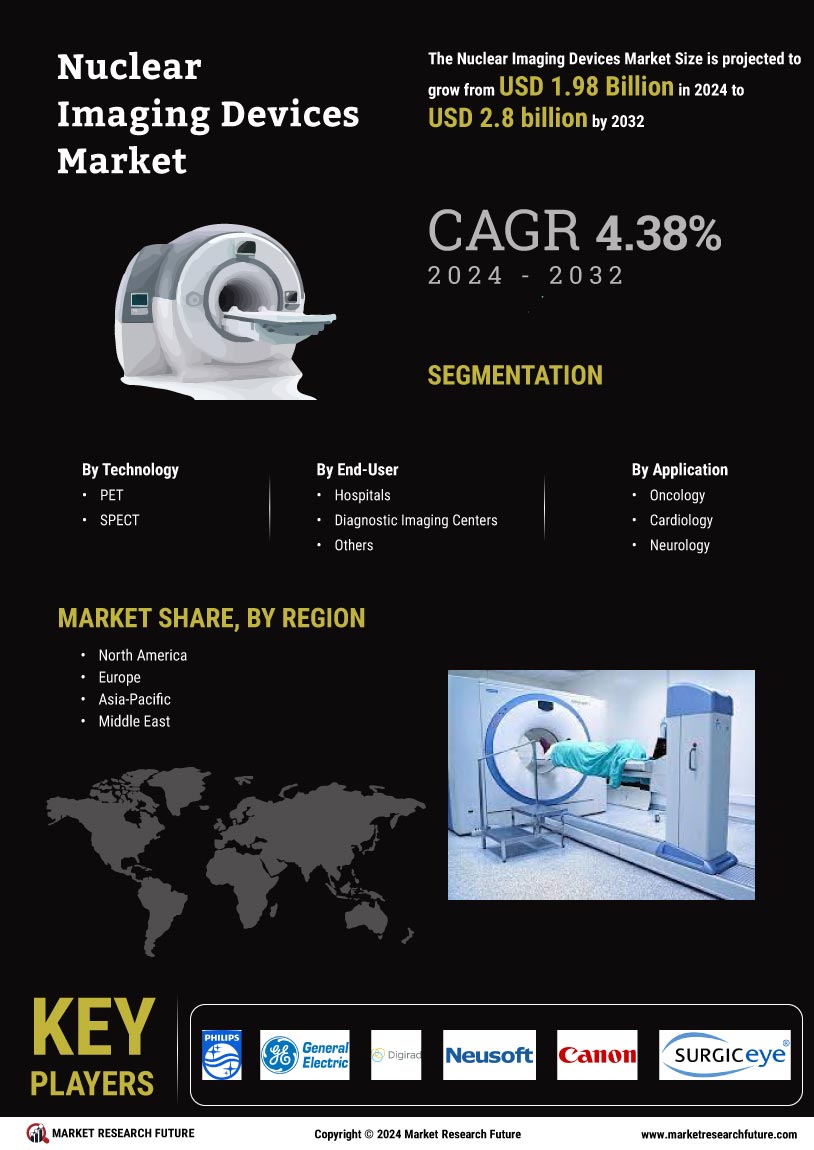

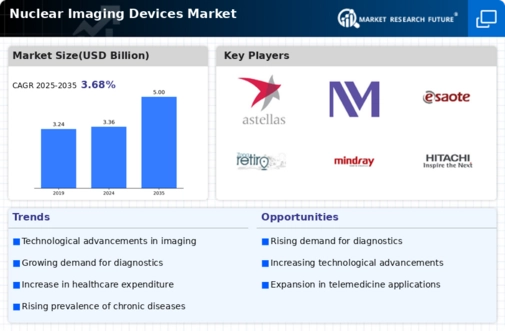
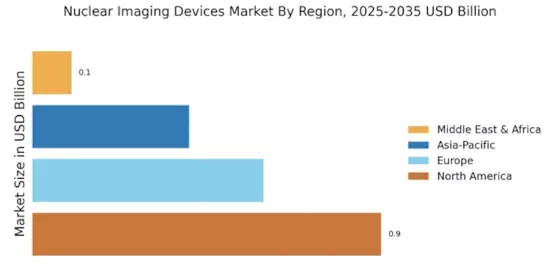
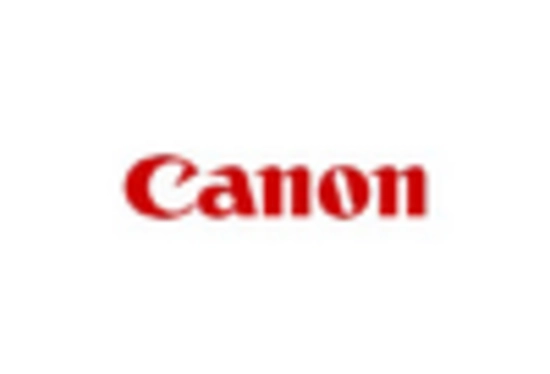
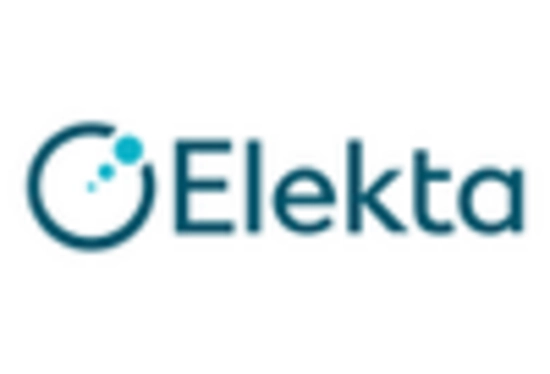












Leave a Comment